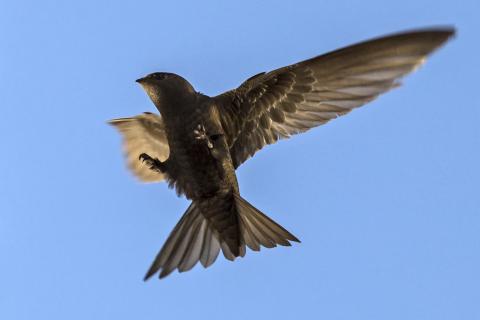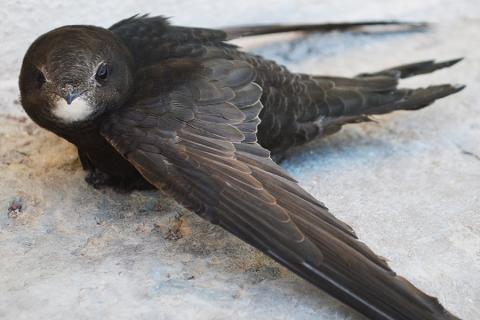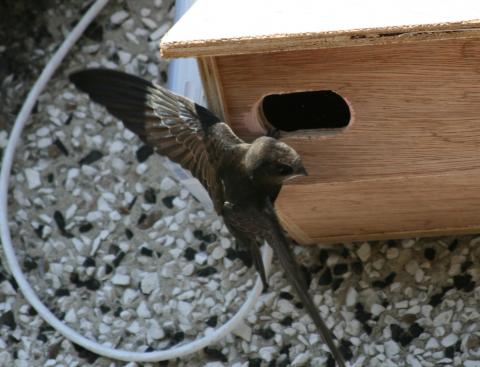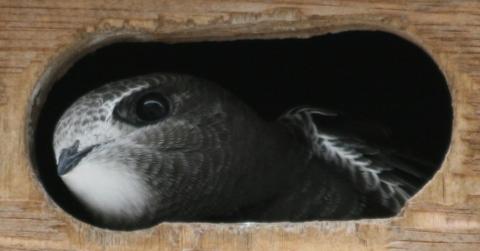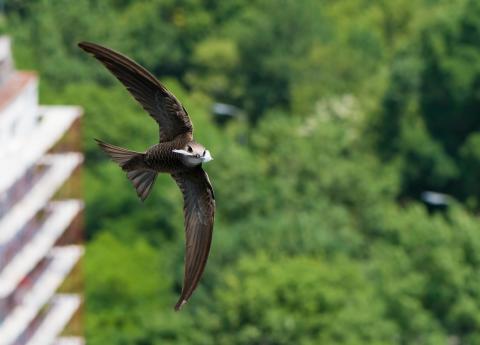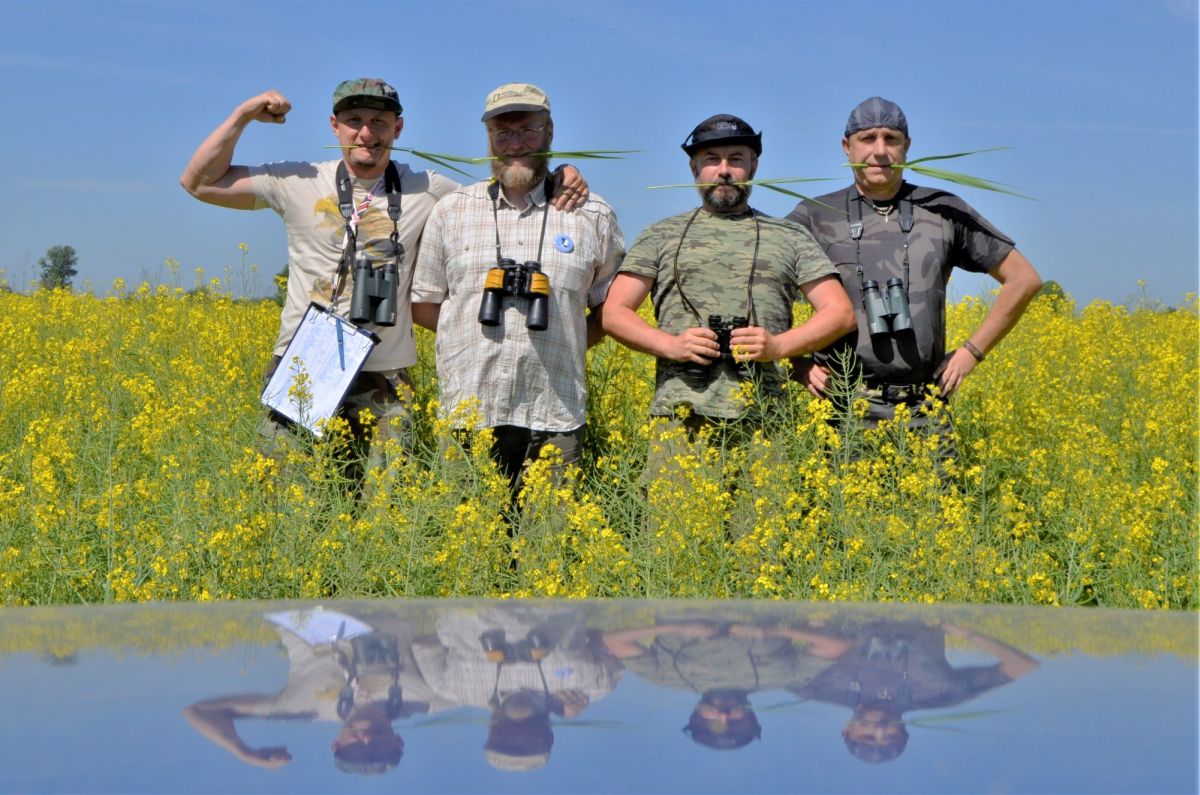Basic information
The Swift is sooty brown all over, but against the sky it appears black. It has long, scythe-like wings and a short, forked tail. You could mistake it for a Swallow – but Swifts don’t bend their wings while flying. It’s also impossible to see them land – their nesting places are hidden away in roofs and they fly in and out very quickly. Swifts are very unusual in terms of their length of life – some Swifts can live up to 21 years!
They never perch like Swallows. You might see screaming parties of them careering madly at high speed around rooftops and houses, mainly in towns and cities, especially towards dusk. The Swift is a superb flier. They spend almost the whole of their life on the wing. They land only to breed – they even sleep on the wing!
They are easiest to observe in built-up areas where they have their nests in the cracks, air holes and sometimes specially provided nest boxes. Remember that Swifts are very common in the city, while rather hard to spot in the countryside.
How to tell difference between a Swift and a Swallow?
The Swift is notably larger than Swallows, its wings are longer, significantly narrower, and scythe-shaped. The Swift rather do not fold their wings while flying.The tail of a Swift is wider and shotrer than Swllows'.
You should remember that generally if you can see Swallows in the countryside and Swifts in the city.
What do they eat?
Swifts eat only flying insects and small spiders floating in the air.
Swifts' nests
They place it in hollows of buildings and ruins, in deep holes between bricks, air-holes, under tiles and in other well hidden cavities, in rocks, hollows and nest boxes.
The nest is bowl-shaped and formed of light blades, leaves, feathers, plant fluff, petals, moss, seeds and trash (e.g. pieces of paper etc), glued together with saliva.
Wintering
They winter in Africa, south of the Sahara, and reach South Africa
Population of Swifts in Europe
The Swift population in Europe is very large and relatively stable.
Migration information
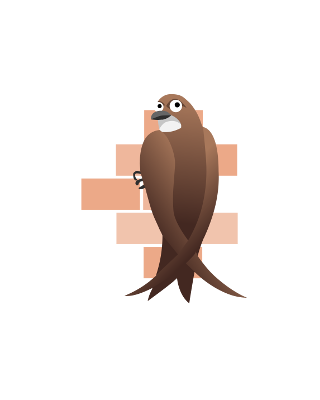
Svīre
records


